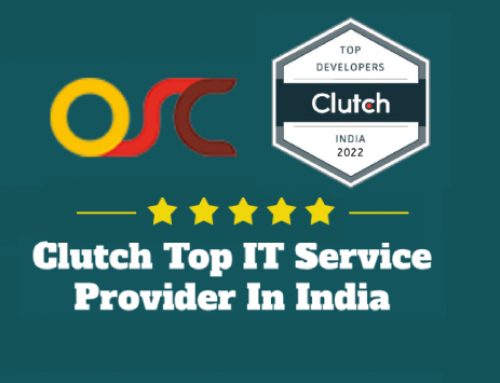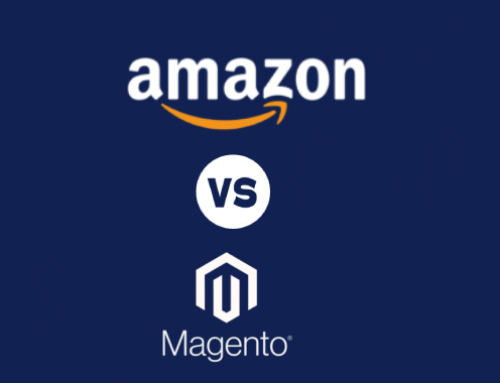Magento Customization : Catalog Management
The target audience is the Magento store owner. The Instruction will also benefit businesspersons, customer service, operations management,product marketing managers, and staff.
Prerequisite
Understanding of e-commerce market and also acquaintance with the systems of an e-commerce market.
Overview of Instruction
This empowers merchandisers toward self-management of an online store based on Magento shopping cart. It will enable New developers to gain an understanding of parameters within their Magento store as well as the capabilities of their online store based on Magento shopping cart. The Instruction renders acquaintance with Magento’s administration panel in the following fields:
-> Administration of Catalog Management includes User Roles and Authorizations, Sum-up.
-> Product Marketing – driving targeted traffic from online as also from off-site, product management, marketing, brand management. Catalog Management – e-commerce configuration, site behavior, and reports. Operations such as fulfillment, order management, consumers service.
-> SEO includes Site Map and URL Re-Write.
-> Site Configuration and Behavior includes Find The Sales, General Catalog, Customers Services.
-> Cache and Index Management as well as Site Performance Enhancement.
-> Product Types includes Configurable Product, Simple Product, Bundled Product, Gift Card Product, Virtual Product and Down-loadable Products.
-> Layered Navigation the Front End Functionality, Reviews, Ratings & Tags, Simple and Advanced Search.
-> Product Configuration includes Categories, Configuration, Attributes.
-> Multi-store Setup, Taxes Reports.
-> Product Updates, Product Management, Product Sort Order, Import/Export of Product Data.
-> Make a strategy of concepts and imputes to assist product management .
-> You must establish goals for your store and see how to achieve them by properly using Magento Administration tools.
-> Set up a map for your site and create your site utilizing the Magento Admin System tab.
-> Plant multiple sites to meet your product and categories range.
-> Set up user roles and approvals to make your admin team.
-> Optimize cache and index management features to prep for layered navigation.
-> Merged the ratings and reviews, search terms, tags,and other tools for customer engagement.
-> Develop the Standards of your site performance and configure your SEO plan.
-> With directed search Create a layered navigation scheme.
-> Understand how to manage financial data and products using the Import/Export feature.
Appropriate for both developers who are new to the Magento shopping cart, as well as the experienced developers who are skilled with launching and extending the platform. Along with best practices of extending the platform the Developers must understand the terminology, architecture and core functionality of Magento. Essential development skills for customizing and implementing solutions on Magento e-commerce platform the best shopping cart.
New developers must have a working cognition of HTML, XML,CSS, and techniques of object-oriented programming. New developers must be familiar with developing in a LAMP environment and have a basic understanding of Unix-based systems. New developers should have at least 2 years of PHP experience and understand the basic principles of database operations. Familiarity with MVC and Zend Framework is strongly recommended but not required. Review how Zend Framework Magento leverages MVC and Object-oriented programming. This will introduce the new Magento developer to the Magento architecture. The process of Request Flow, Magento Rendering, Database and EAV Admin HTML.
Configuration XML; General OOP and MVC concepts ; Enabling and configuring extensions; Event-driven architecture; Magento directory structure/naming conventions/code pools/namespaces/module structure ; Magento module-based architecture ;Request Flow ;Request routing; Factory and functional class groups ;Front controller ;Application initialization; URL rewrites.
Design and layout initialization ;Modules initialization ; Structure of block templates ; Rendering ; Flushing data ;Blocks ;Template structure ;Working with Database in Magento ; Design layout SML schema, CMS content directives; Models resource and collections ;Entity-Attribute-Value model ; Magento Object Relational Mapping ; Model concepts; Write, install and upgrade scripts using set up resources ; System configuration XML and configuration scope ; EAV entity ;Attributes management; Load and Save; Common structure/architecture; AdminHTML; Form and Grid Widgets ;ACL (permissions).
Be familiar with basic Magento customization techniques such as: Using observers, Overriding classes, Creating custom controllers, Basic operations with layouts, Overriding controller/action ,Basic skinning operations. Understand basic Magento structure. New developers will leave the course understanding the Magento architecture. Be acquainted with terminology and core functionality. MVC and data models, how to work with Magento modules. Be able to perform basic functions like Set up new configuration variables, Set up new modules,Write an upgrade script, Create new table in the database. How to customize and extend Magento to ensure the best upgrade path for the websites they extend.






